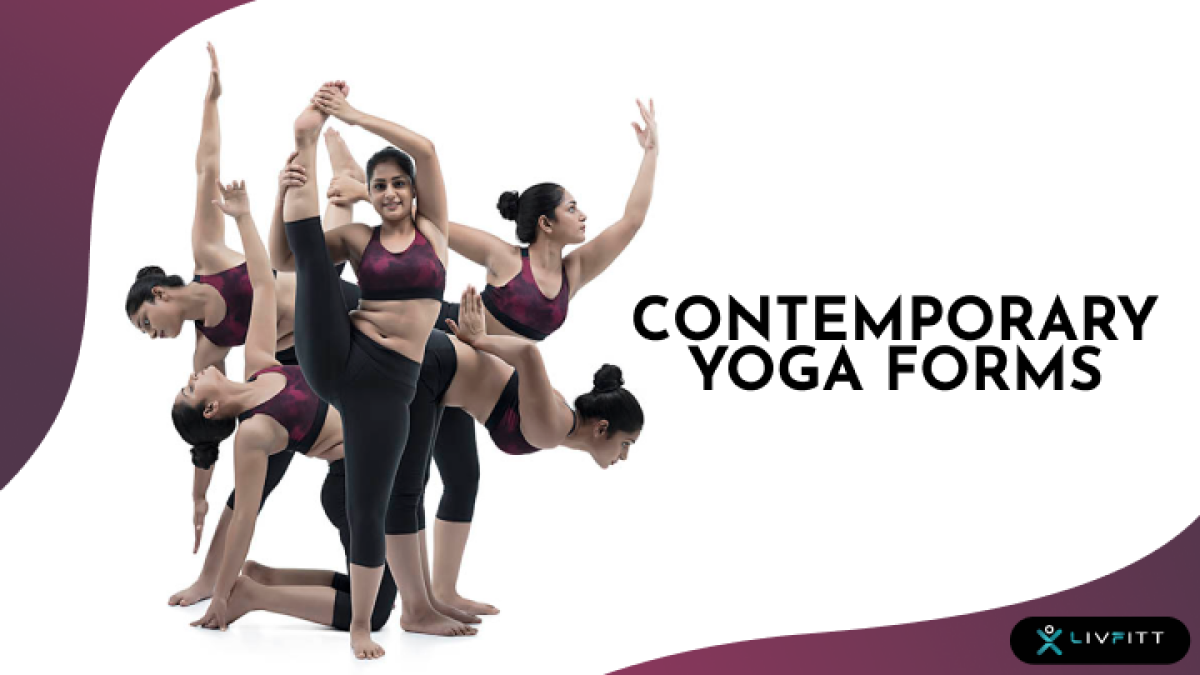
Yoga in the modern world has evolved and branched out into many other practices. There are different types of yoga for everyone. Find out the yoga technique that works best for your needs with the guidance of a certified yoga trainer. Do remember that the benefits of yoga can not be felt in a month. It is a long-term commitment. Once you get involved and regular, you will never want to give up on yoga.
It involves massaging and exercising that work the muscles of our face to soften and relax them to shake off stress, tension, and worry. This form of yoga has become popular in the last few years. The people who practice it regularly are of the opinion that this form of yoga reverses ageing and makes you look younger by a decade at least.
Named after Bikram Choudhury, Bikram yoga is a system of hot yoga that is made of twenty-six postures. It is known as hot yoga because it is practiced in a room with a temperature of 105F (or 41oC) with a humidity of 40%. The heated temperature results in quick weight loss.
Yin yoga is the result of the mingling of principles derived from martial arts and yoga. This form increases blood circulation in the joints and improves flexibility and muscle tone. Postures are held for at least a minute, and through practice, one can hold the same posture for five minutes or more. Yin yoga also makes resourceful use of props like blocks and blankets, and hence is known to be practiced post-workout due to its ability to relax the body’s joints.
Yang yoga is relatively less experimental and is the offspring of Hatha yoga, Vinyasa yoga, and Ashtanga yoga. This is a form that is more energetic than Yin Yoga and focuses on cultivating vigour, endurance, easing out the tension in the body, and building muscle mass.
Power yoga derives its roots from ashtanga yoga. Yoga postures are performed at a much quicker and more active pace. It works to tone the muscles and also enhances flexibility.
This form of yoga uses props for body support. Restorative yoga aims to relax completely into the various poses. The idea is to hold them for a few minutes. Guided meditation is an important part of restorative yoga. The main focus of restorative yoga lies in down-regulating the nervous system. A great form to actively de-stress and calm those anxious nerves.
The goal of prenatal yoga is to reduce the discomfort and pains that are associated with pregnancy. Prenatal yoga teaches some handy breathing exercises that can be quite helpful during labor. Some techniques taught in prenatal yoga can also be used as postnatal yoga. This helps new mothers to lose some weight gained during pregnancy.
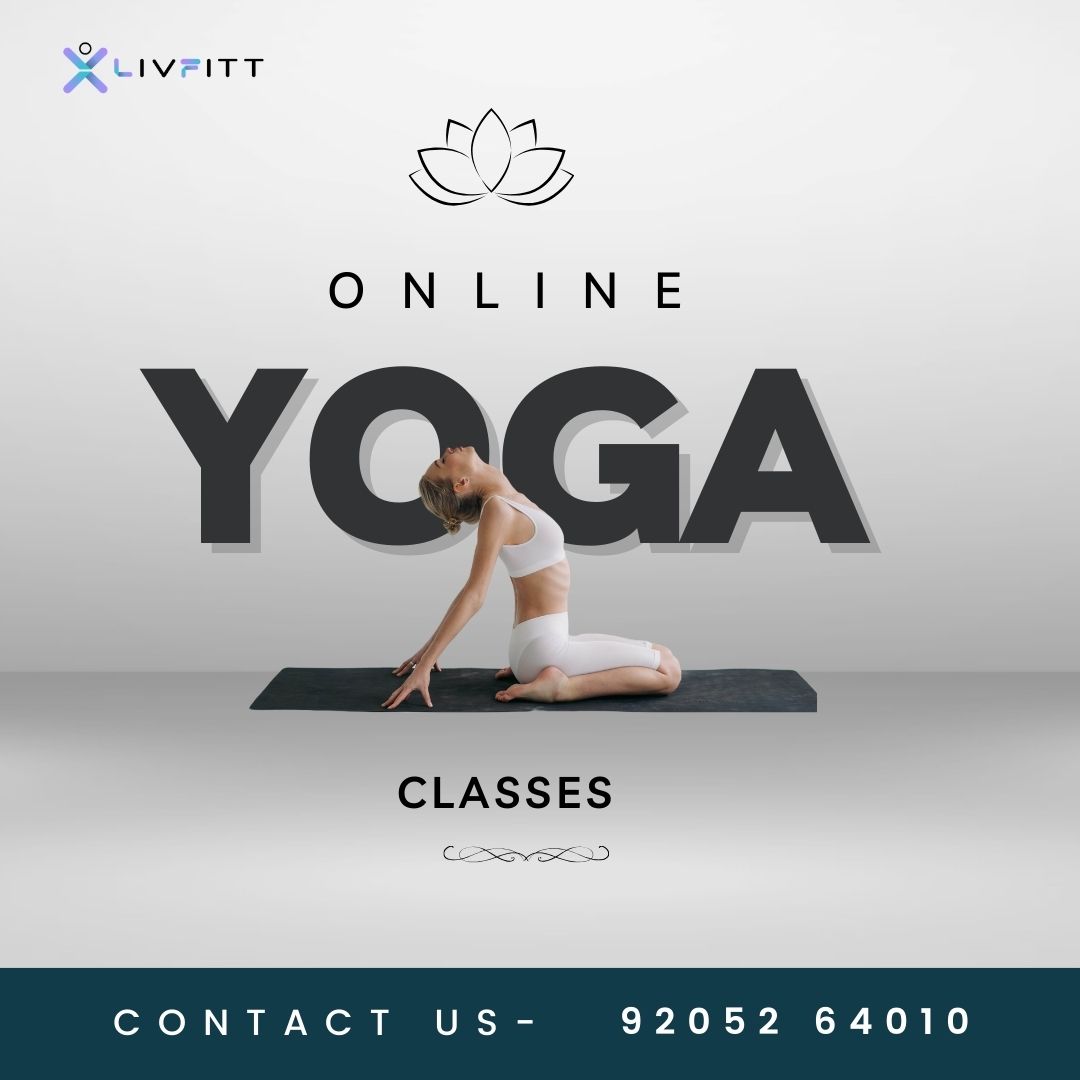 Easy Yoga at Home: How Online Yoga Classes Can Help You Lose Weight
Easy Yoga at Home: How Online Yoga Classes Can Help You Lose Weight
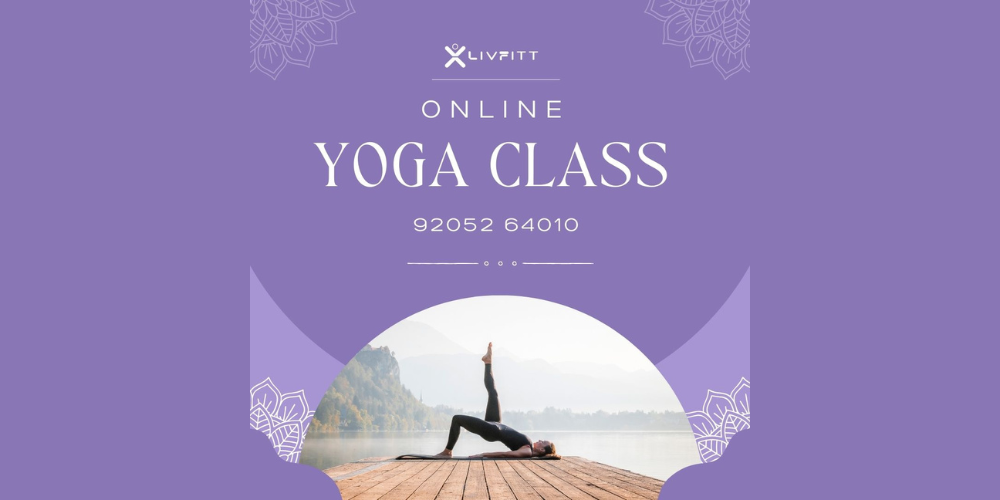 Unlock Your Fitness Potential with Online Yoga Classes for Weight Loss
Unlock Your Fitness Potential with Online Yoga Classes for Weight Loss
 Transform Your Fitness Journey with LivFitt's Online Yoga Classes for Weight Loss
Transform Your Fitness Journey with LivFitt's Online Yoga Classes for Weight Loss
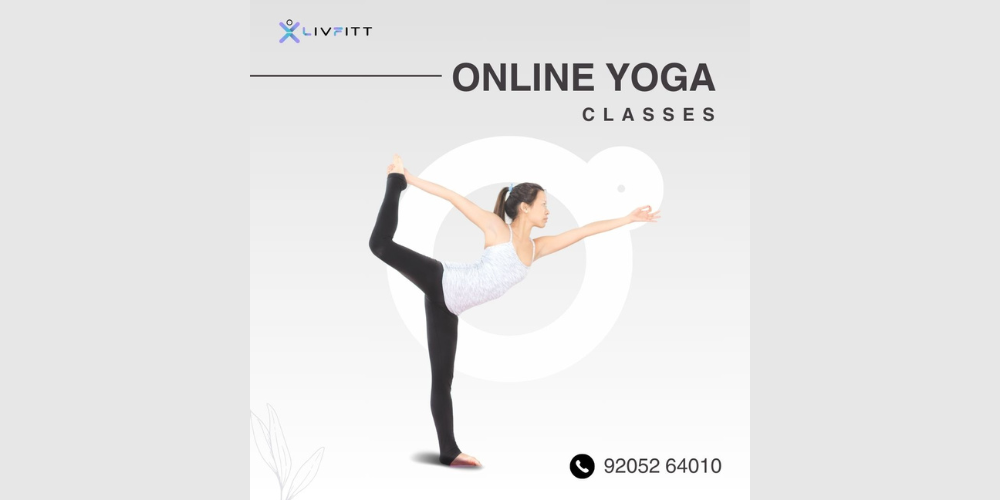 Achieve Your Fitness Goals: Best Online Yoga Classes for Weight Loss
Achieve Your Fitness Goals: Best Online Yoga Classes for Weight Loss
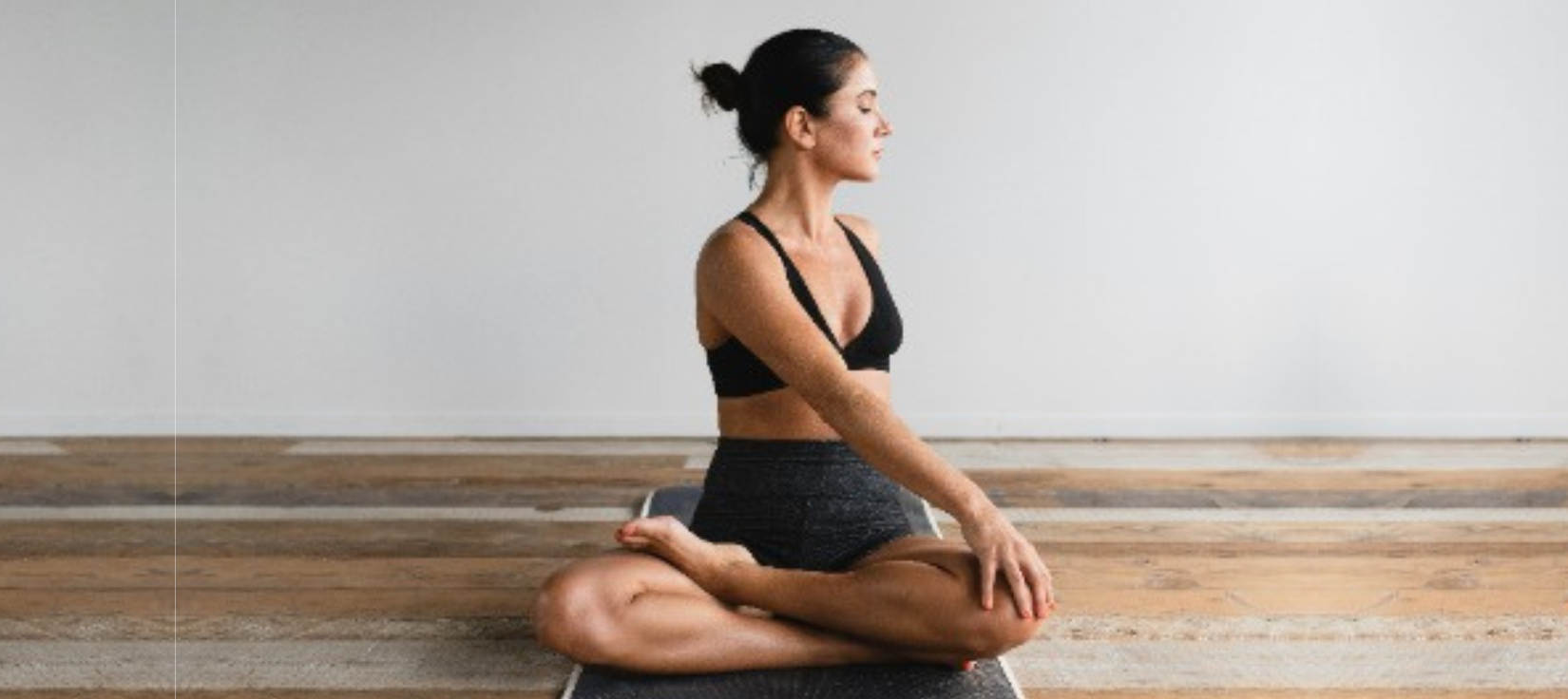 Discover the Best Online Yoga Classes for Weight Loss
Discover the Best Online Yoga Classes for Weight Loss
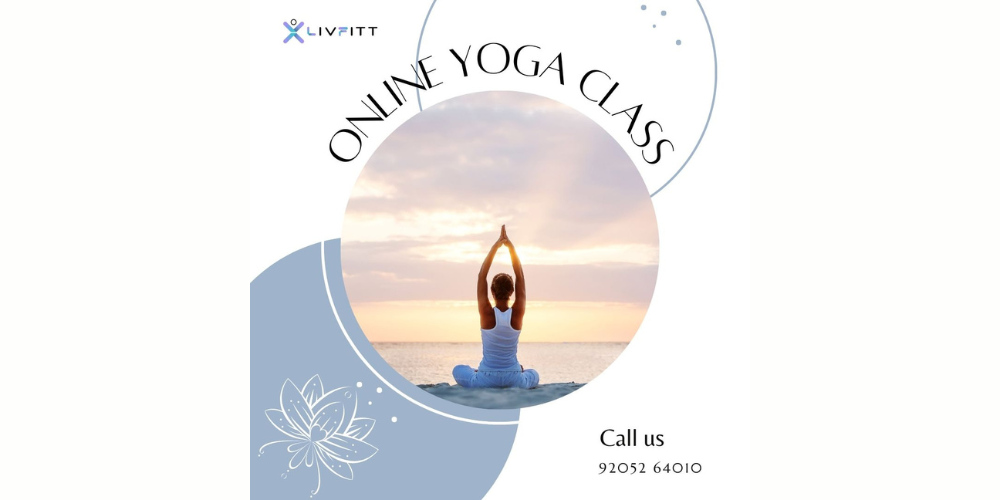 Top Tips for Online Yoga Classes & Weight Loss
Top Tips for Online Yoga Classes & Weight Loss
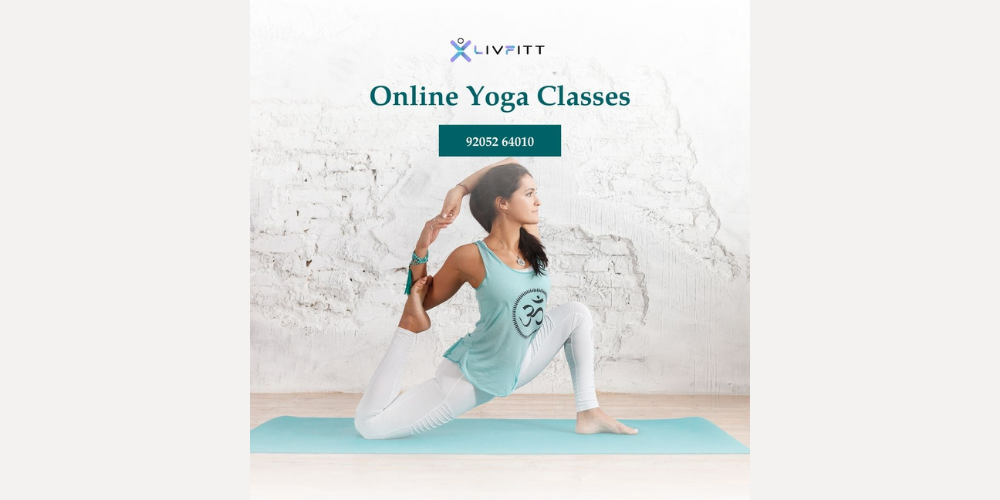 Discover the Online Yoga Classes for Weight Loss: Your Ultimate Guide
Discover the Online Yoga Classes for Weight Loss: Your Ultimate Guide
 Discover the Best Online Yoga Classes for Weight Loss: Your Path to a Healthier You
Discover the Best Online Yoga Classes for Weight Loss: Your Path to a Healthier You
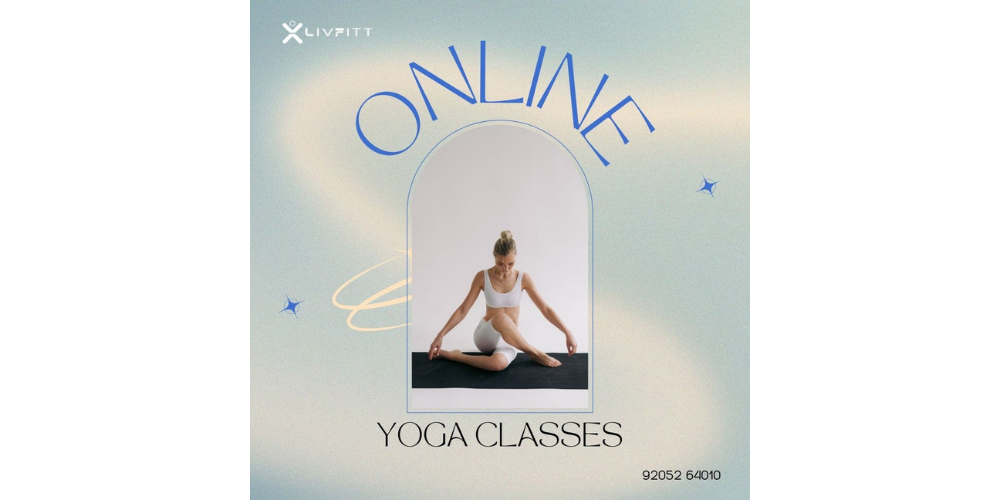 Best Online Yoga Classes for Weight Loss
Best Online Yoga Classes for Weight Loss
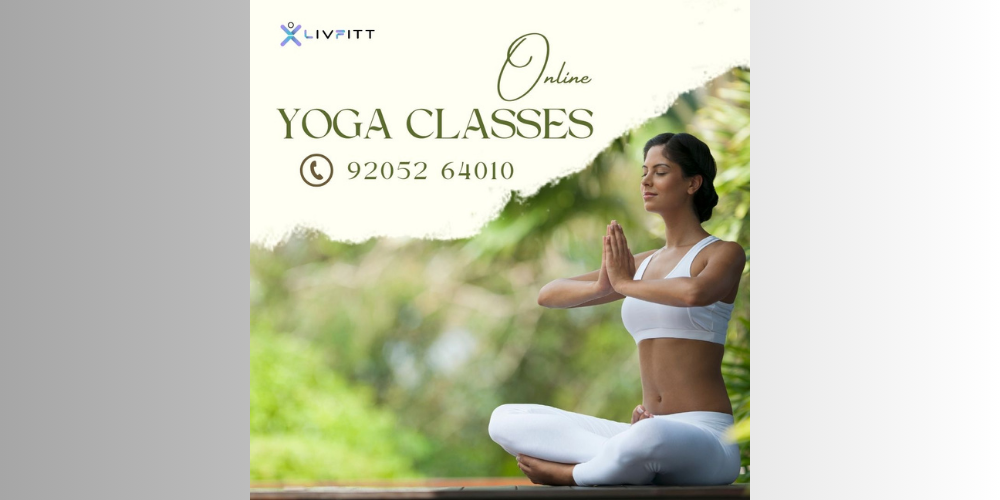 The Best Online Yoga Classes for Weight Loss: Transform Your Fitness Journey
The Best Online Yoga Classes for Weight Loss: Transform Your Fitness Journey
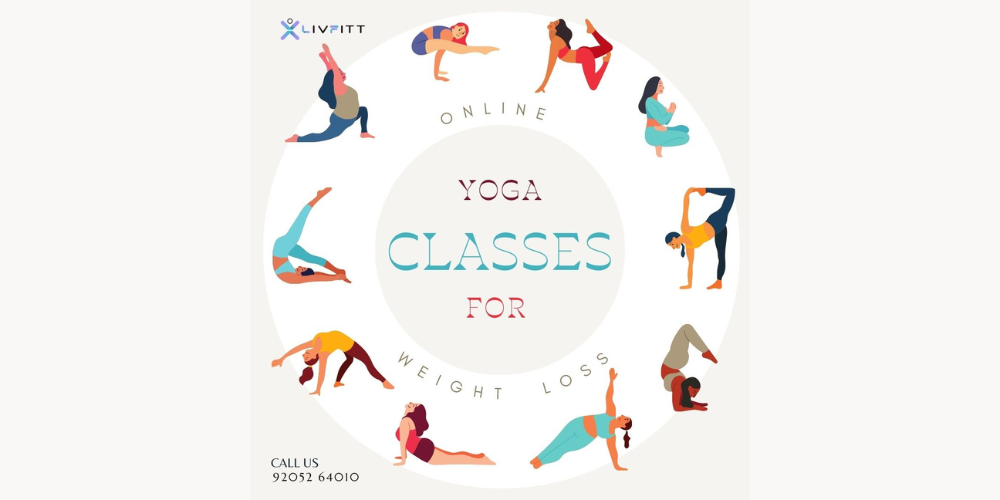 The Best Online Yoga Classes with LivFitt
The Best Online Yoga Classes with LivFitt
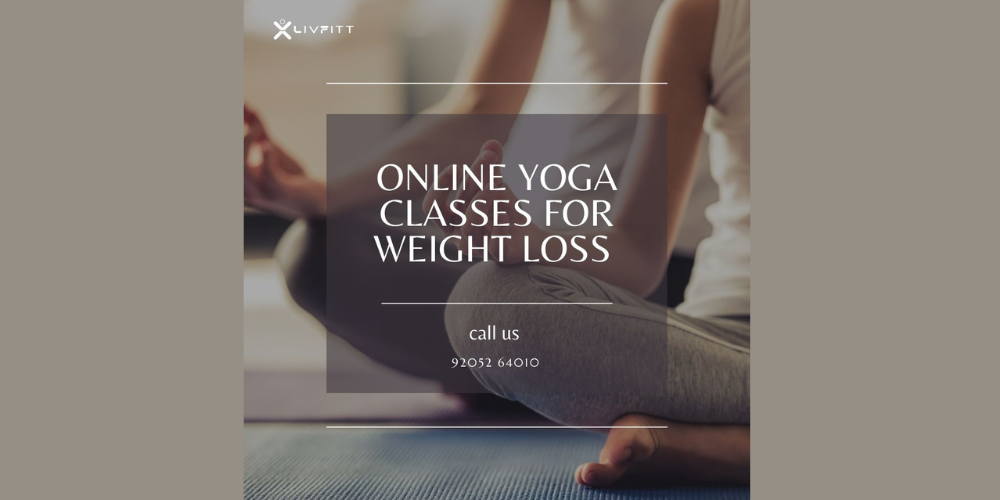 Sweat It Out, Slim It Down: Best Online Yoga Classes
Sweat It Out, Slim It Down: Best Online Yoga Classes
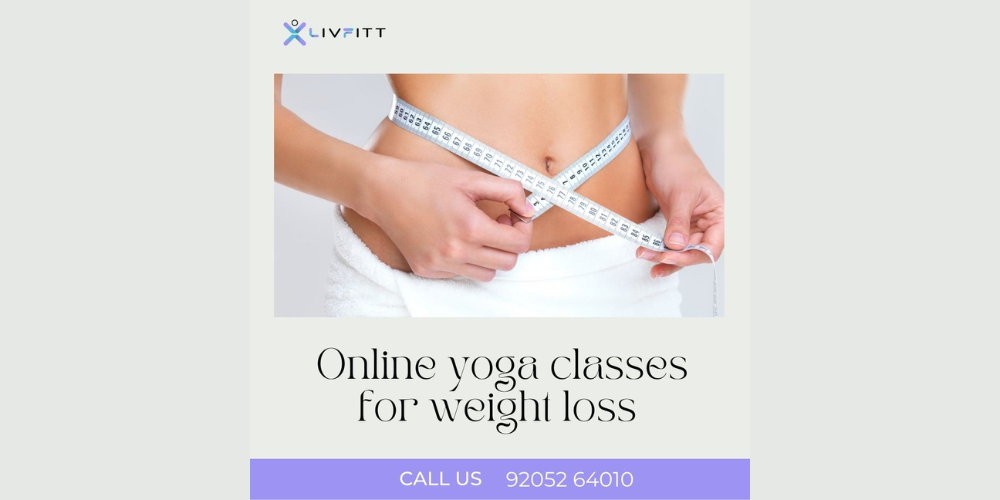 Best Online Yoga Classes for Weight Loss: Achieve Your Fitness Goals with LivFitt
Best Online Yoga Classes for Weight Loss: Achieve Your Fitness Goals with LivFitt
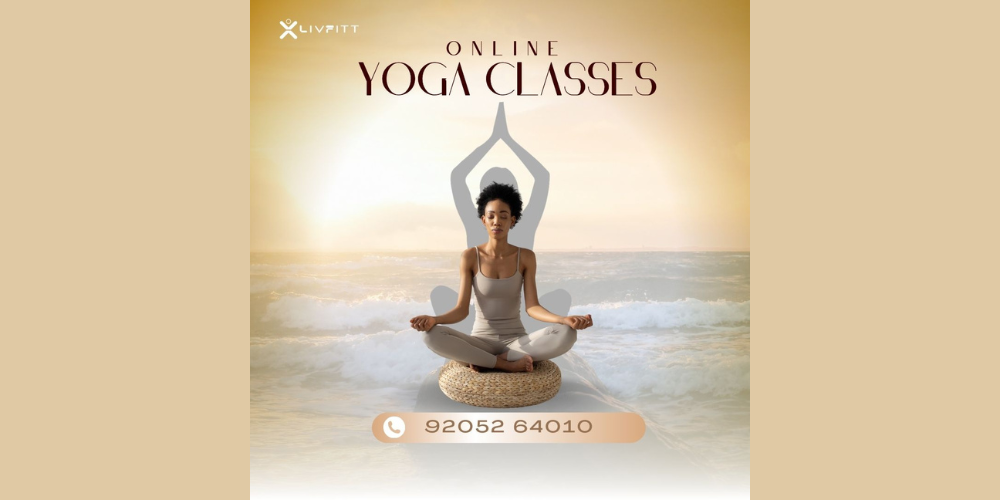 The Best Online Yoga Classes for Weight Loss
The Best Online Yoga Classes for Weight Loss
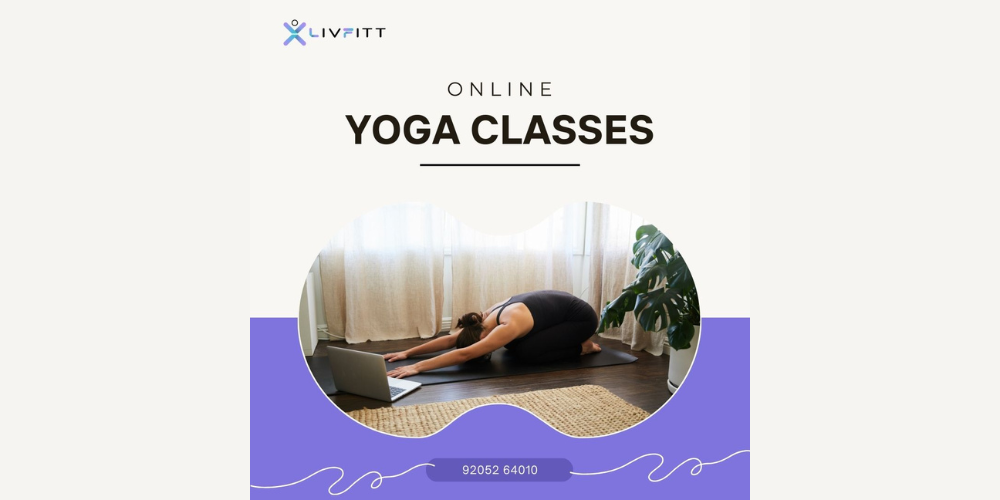 Best Online Yoga Classes for Weight Loss: Achieve Your Fitness Goals
Best Online Yoga Classes for Weight Loss: Achieve Your Fitness Goals
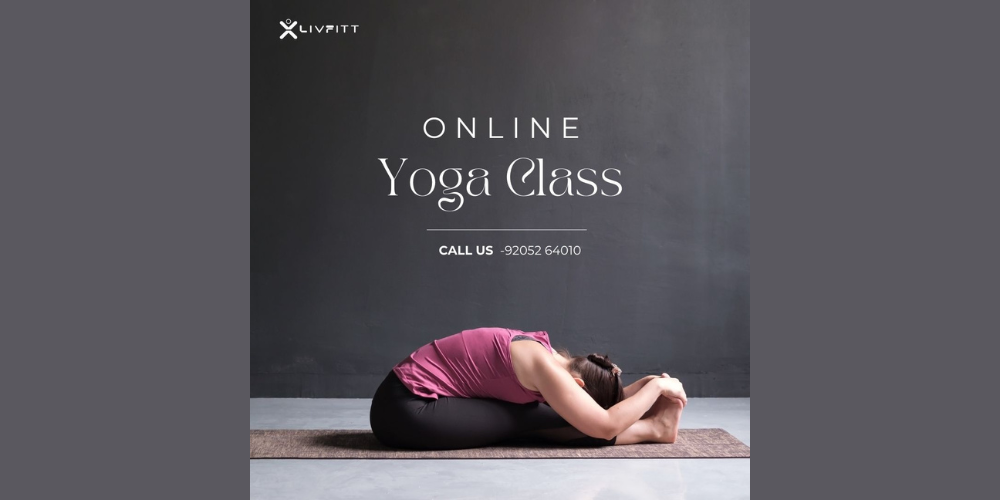 Discover the Best Online Yoga Classes for Weight Loss with LivFitt
Discover the Best Online Yoga Classes for Weight Loss with LivFitt
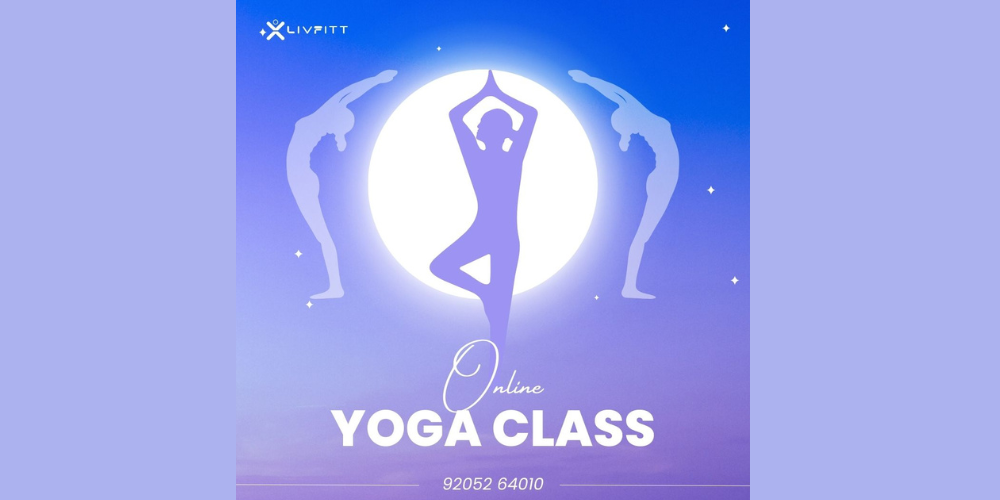 Losing Weight and Finding Calm: The Best Online Yoga Classes for Weight Loss
Losing Weight and Finding Calm: The Best Online Yoga Classes for Weight Loss
 The Best Online Yoga Classes for Weight Loss at LivFitt
The Best Online Yoga Classes for Weight Loss at LivFitt
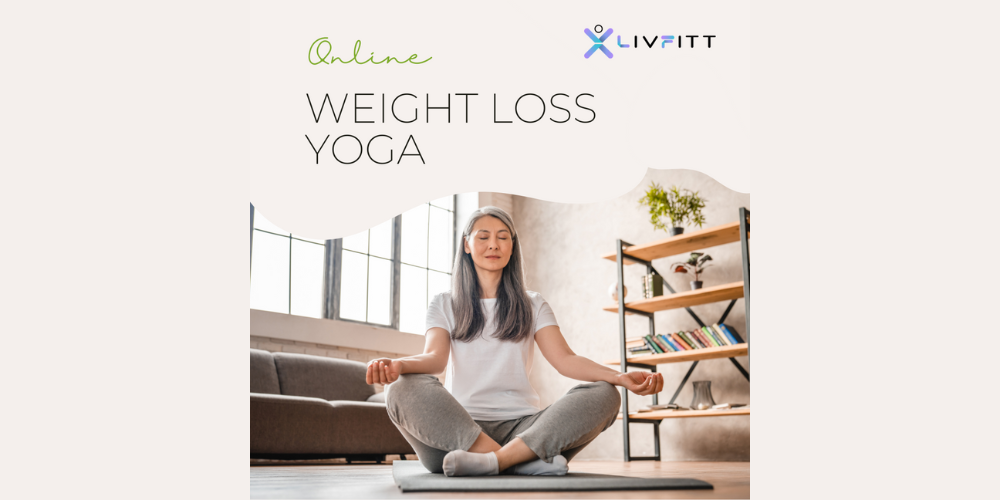 Online Yoga Classes: Your Way to a Healthier, Happier You
Online Yoga Classes: Your Way to a Healthier, Happier You
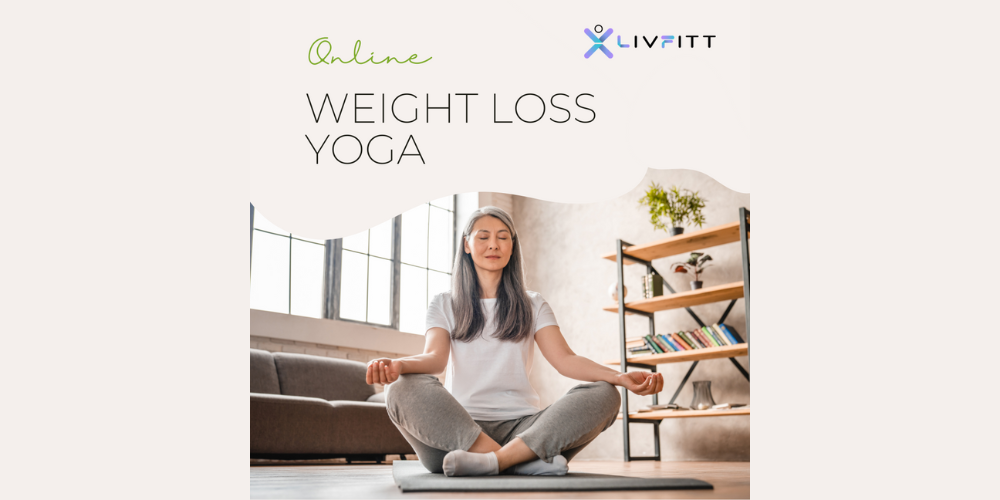 Relax and Boost: The Allure of Online Yoga Classes
Relax and Boost: The Allure of Online Yoga Classes
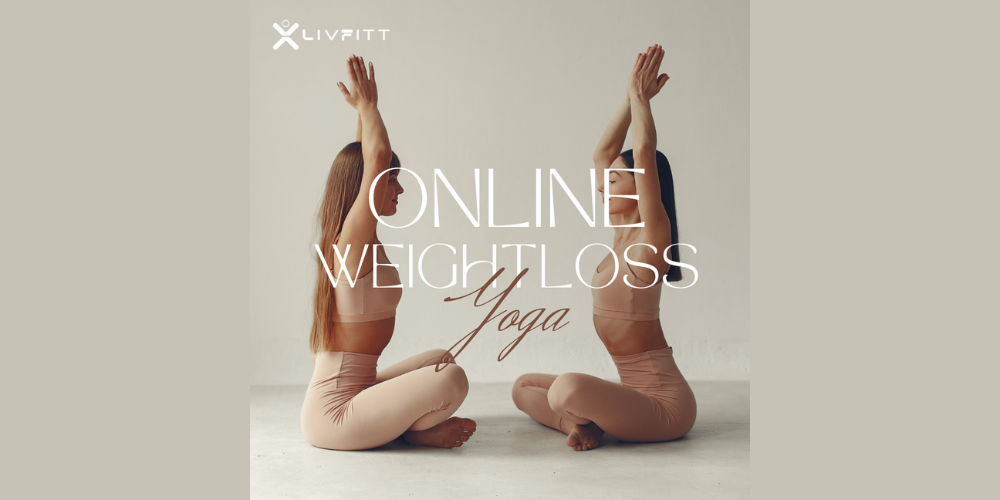 Online Yoga Classes for Weight Loss: A Path to a Healthier You
Online Yoga Classes for Weight Loss: A Path to a Healthier You
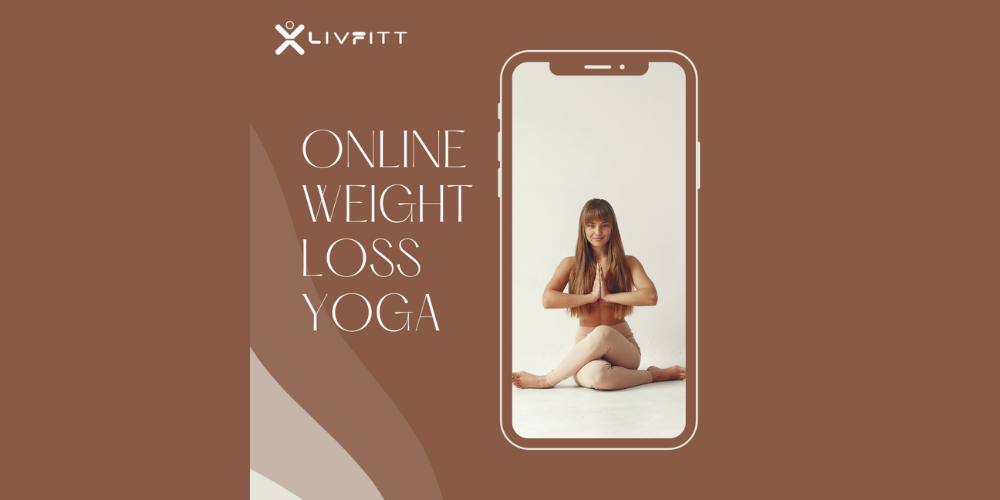 Online Yoga Classes for Weight Loss: A Guide to Getting Started on Your Fitness Journey from Home
Online Yoga Classes for Weight Loss: A Guide to Getting Started on Your Fitness Journey from Home
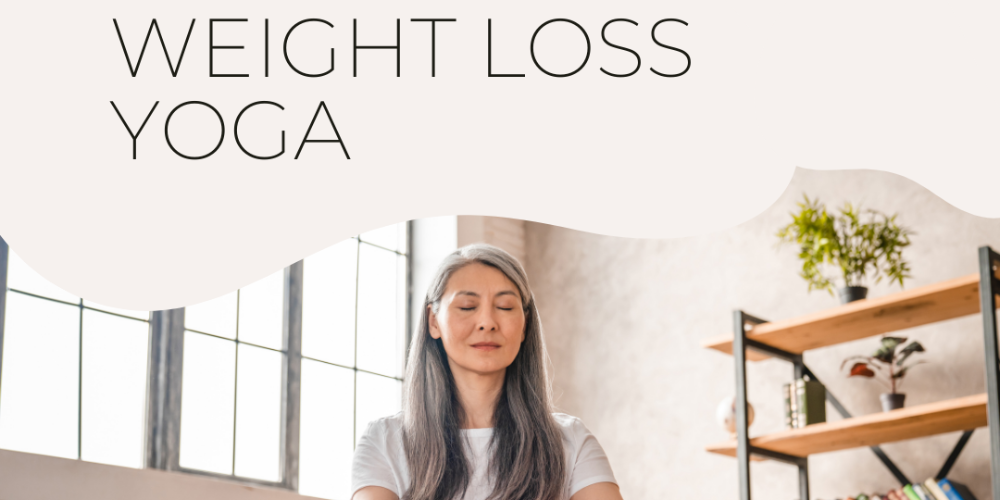 Unfold Your Mat, Start Your Burning Process: A Guide to Online Yoga Classes for Weight Loss
Unfold Your Mat, Start Your Burning Process: A Guide to Online Yoga Classes for Weight Loss
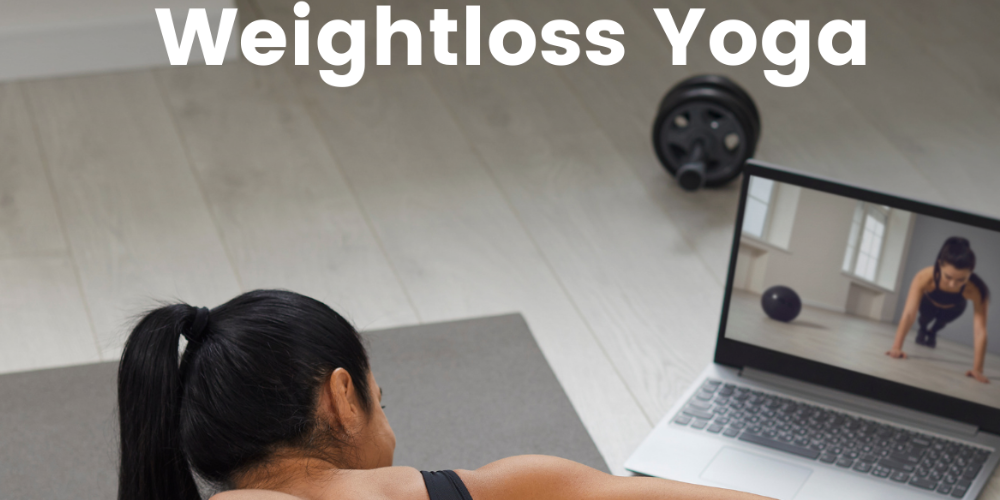 Online Yoga classes for Weight Loss? Yes, Please! Here's Why
Online Yoga classes for Weight Loss? Yes, Please! Here's Why
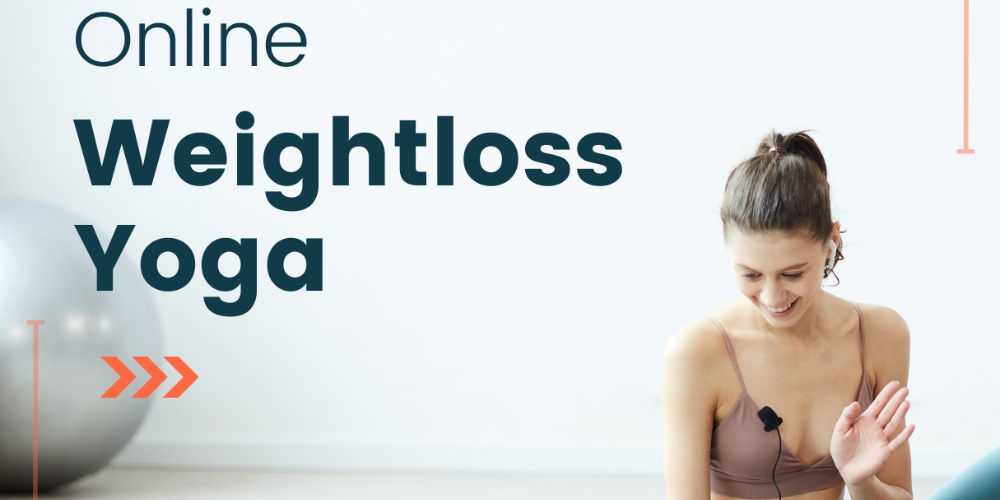 Reduce Weight and Find Strength Online Yoga Classes for Weight Loss
Reduce Weight and Find Strength Online Yoga Classes for Weight Loss
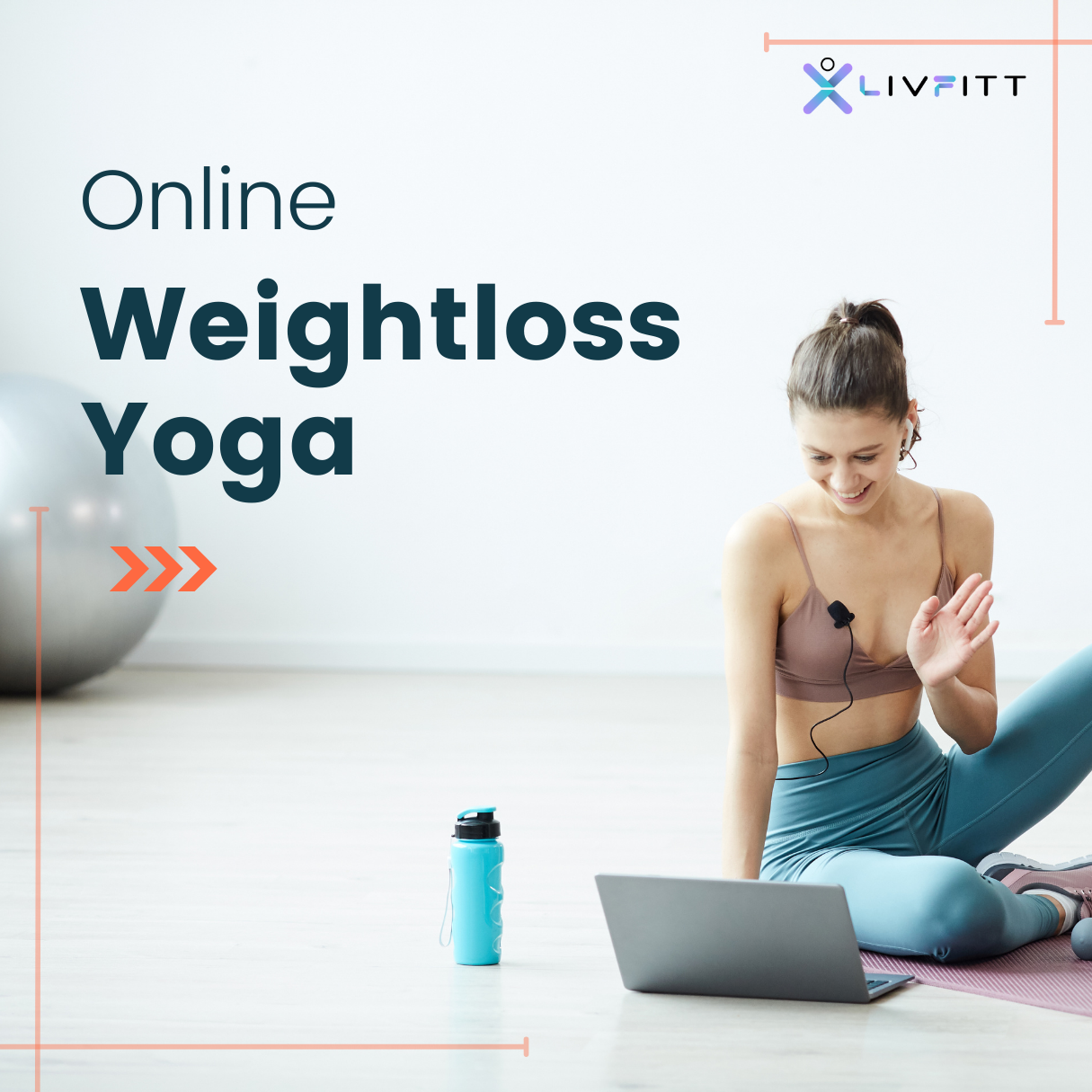 Why Online Yoga Classes for Weight Loss Are Your Perfect Match
Why Online Yoga Classes for Weight Loss Are Your Perfect Match
 Effortless Online Yoga Classes for Weight Loss
Effortless Online Yoga Classes for Weight Loss
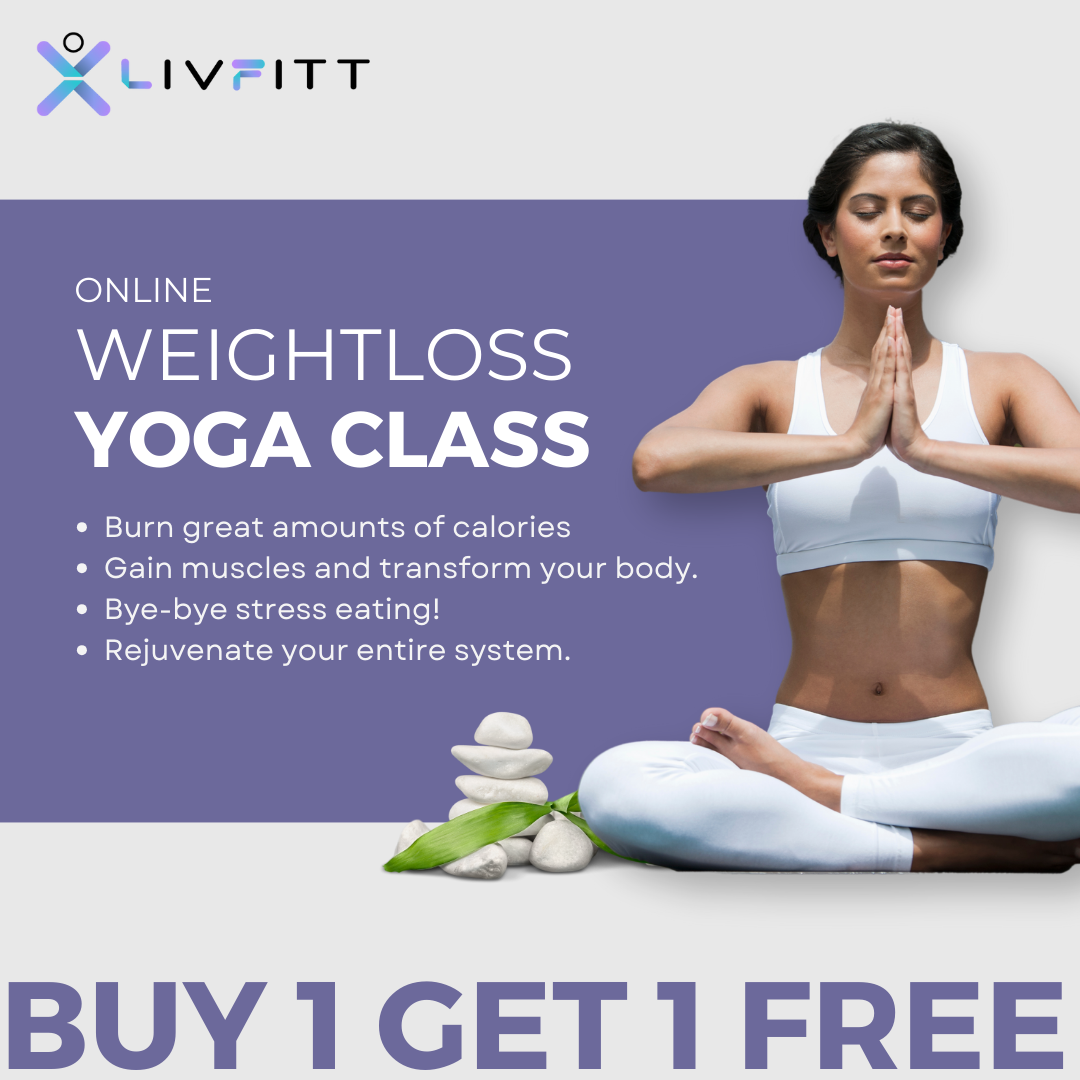 Online Yoga Classes for Weight Loss
Online Yoga Classes for Weight Loss
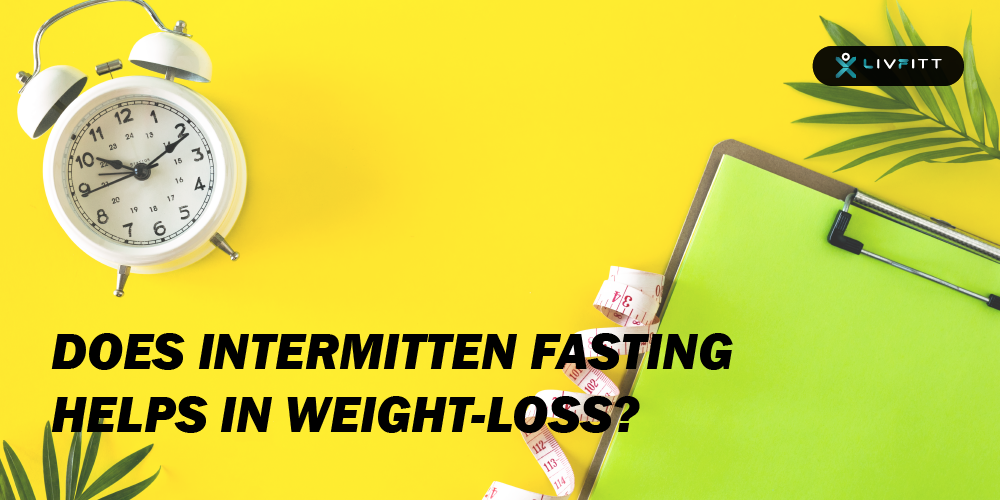 Does Intermittent Fasting help in Weight Loss?
Does Intermittent Fasting help in Weight Loss?
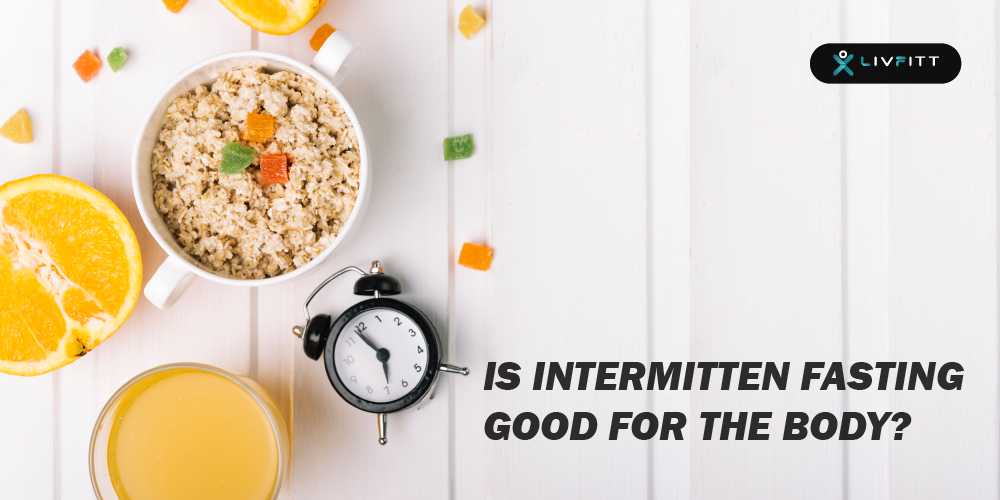 Is Intermittent Fasting Good for the Body?
Is Intermittent Fasting Good for the Body?
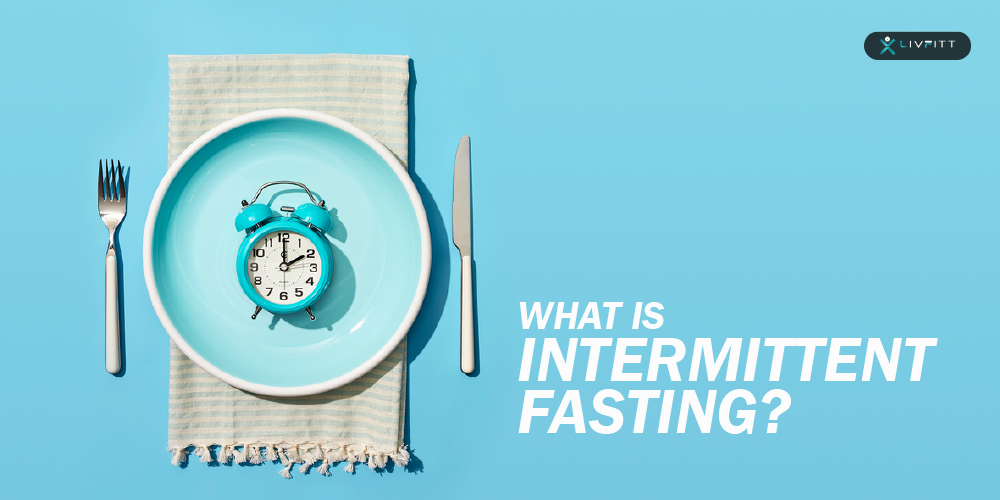 What is Intermittent Fasting?
What is Intermittent Fasting?
 Why should you have six meals in a day?
Why should you have six meals in a day?
 Ways to boost your metabolism
Ways to boost your metabolism
 Difference between good fats and bad fats1
Difference between good fats and bad fats1
 Multigrain Vs. Whole Wheat, what is better?
Multigrain Vs. Whole Wheat, what is better?
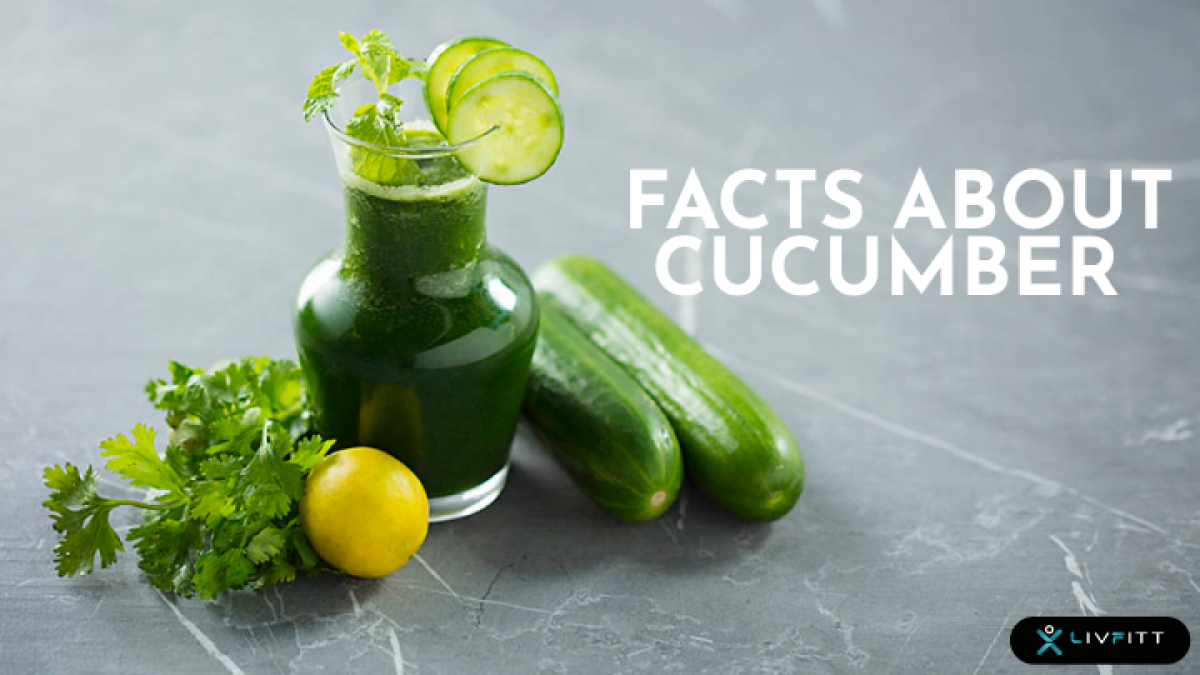 Nutritional Facts about Cucumber
Nutritional Facts about Cucumber
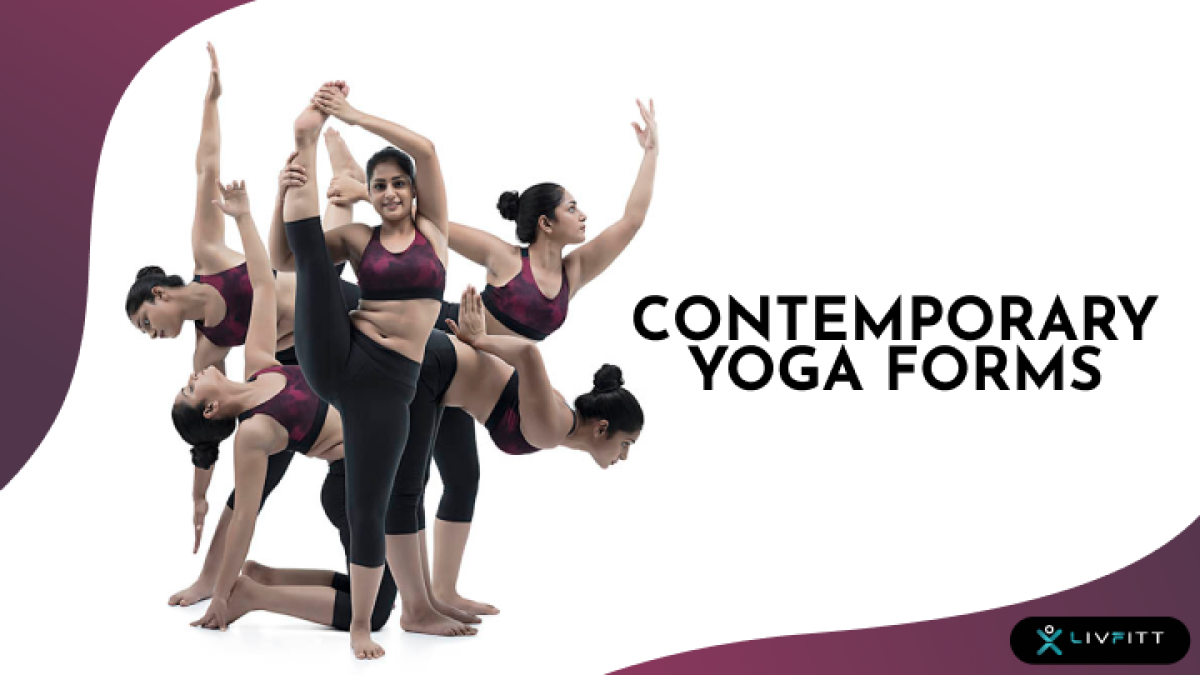 Contemporary Yoga Forms
Contemporary Yoga Forms
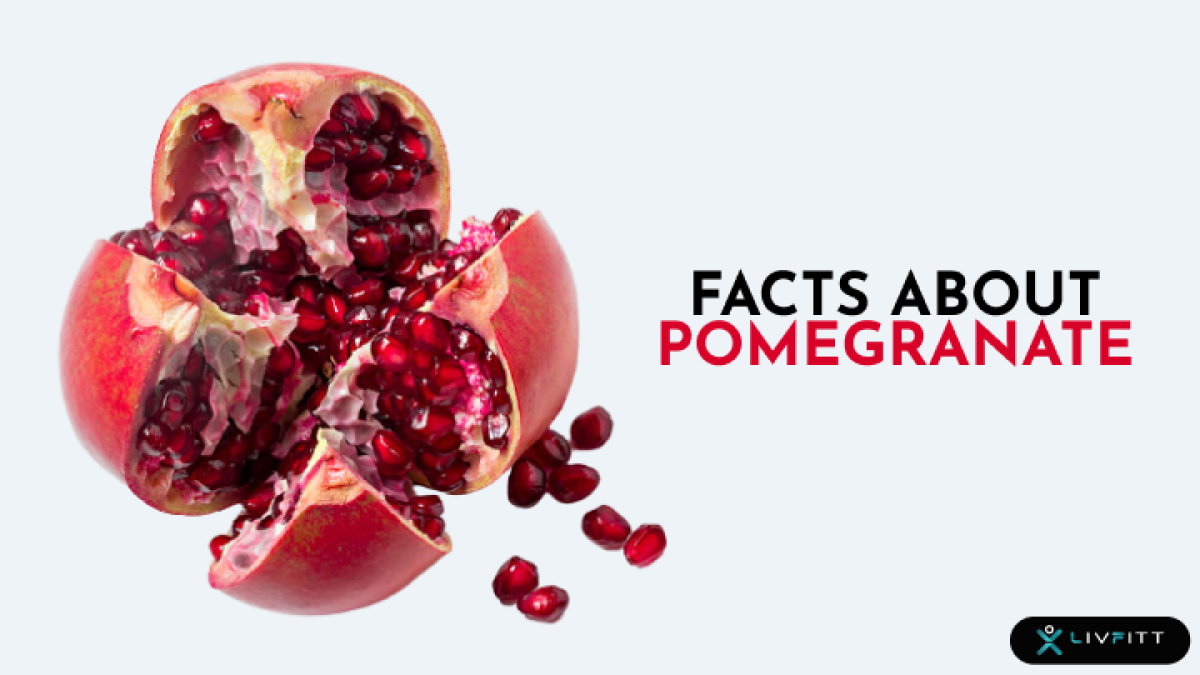 Nutritional Facts about Pomegranate
Nutritional Facts about Pomegranate
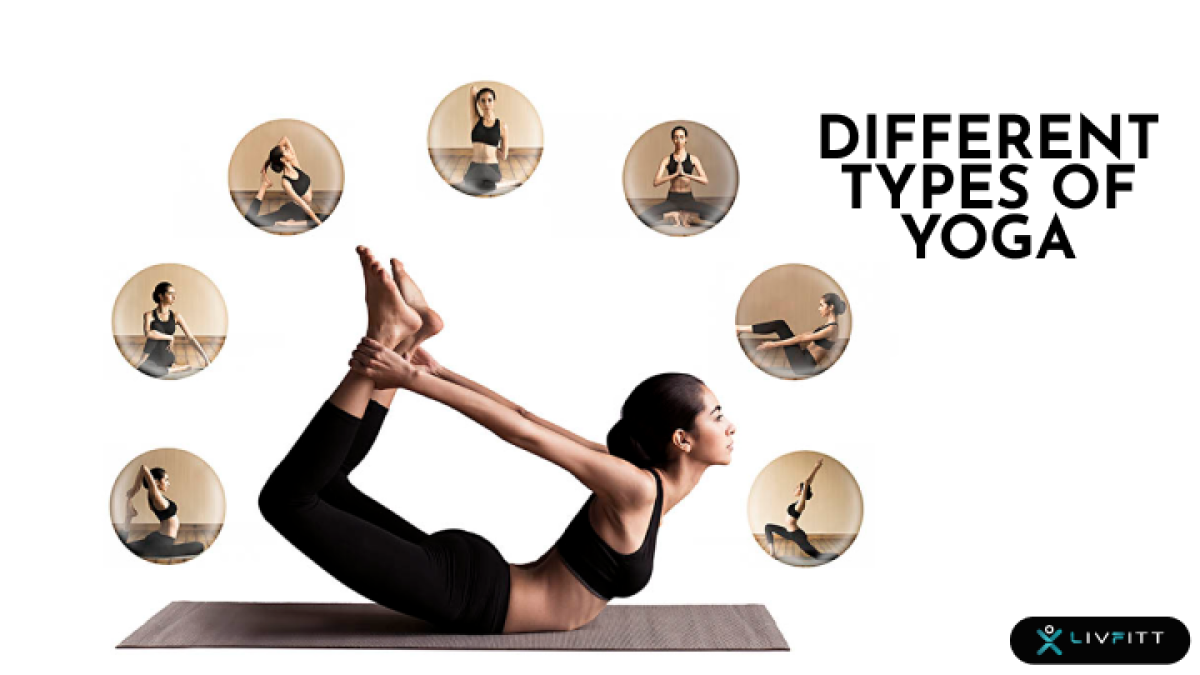 Know about different types of Yoga
Know about different types of Yoga
 Why should you exercise regularly?
Why should you exercise regularly?
 How to beat tiredness and fatigue?
How to beat tiredness and fatigue?
 Why is fast food good for you?
Why is fast food good for you?
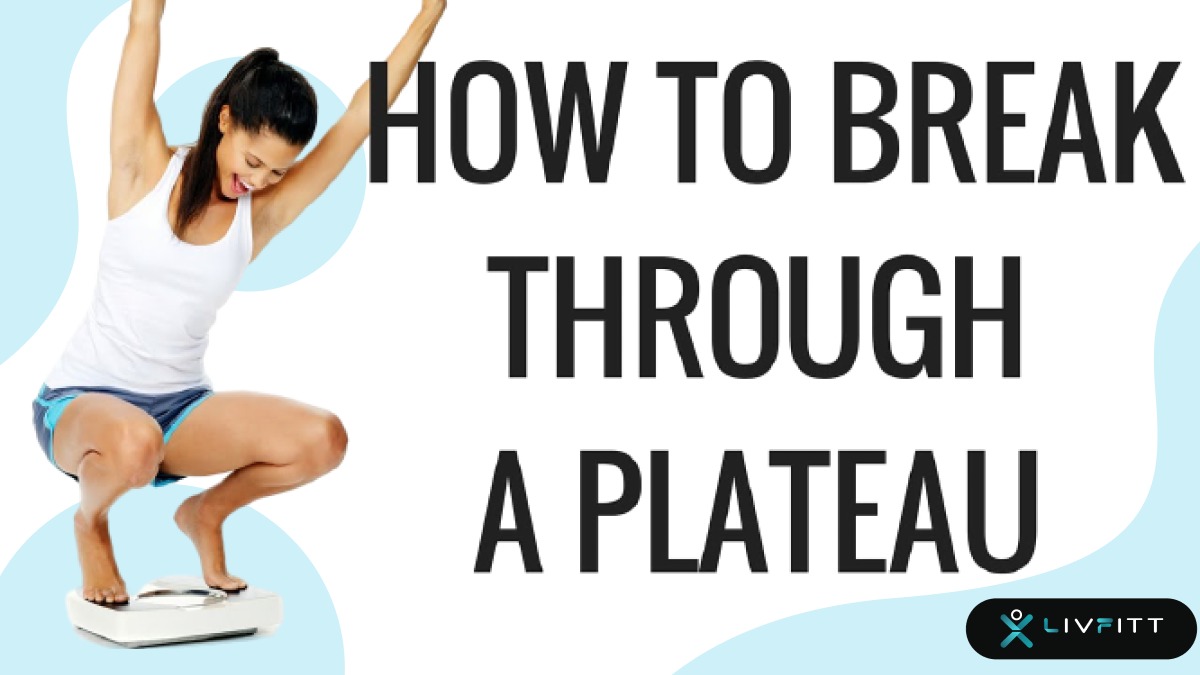 How to break through your weight loss plateau?
How to break through your weight loss plateau?
 Tips to kick start your journey towards a healthy lifestyle
Tips to kick start your journey towards a healthy lifestyle